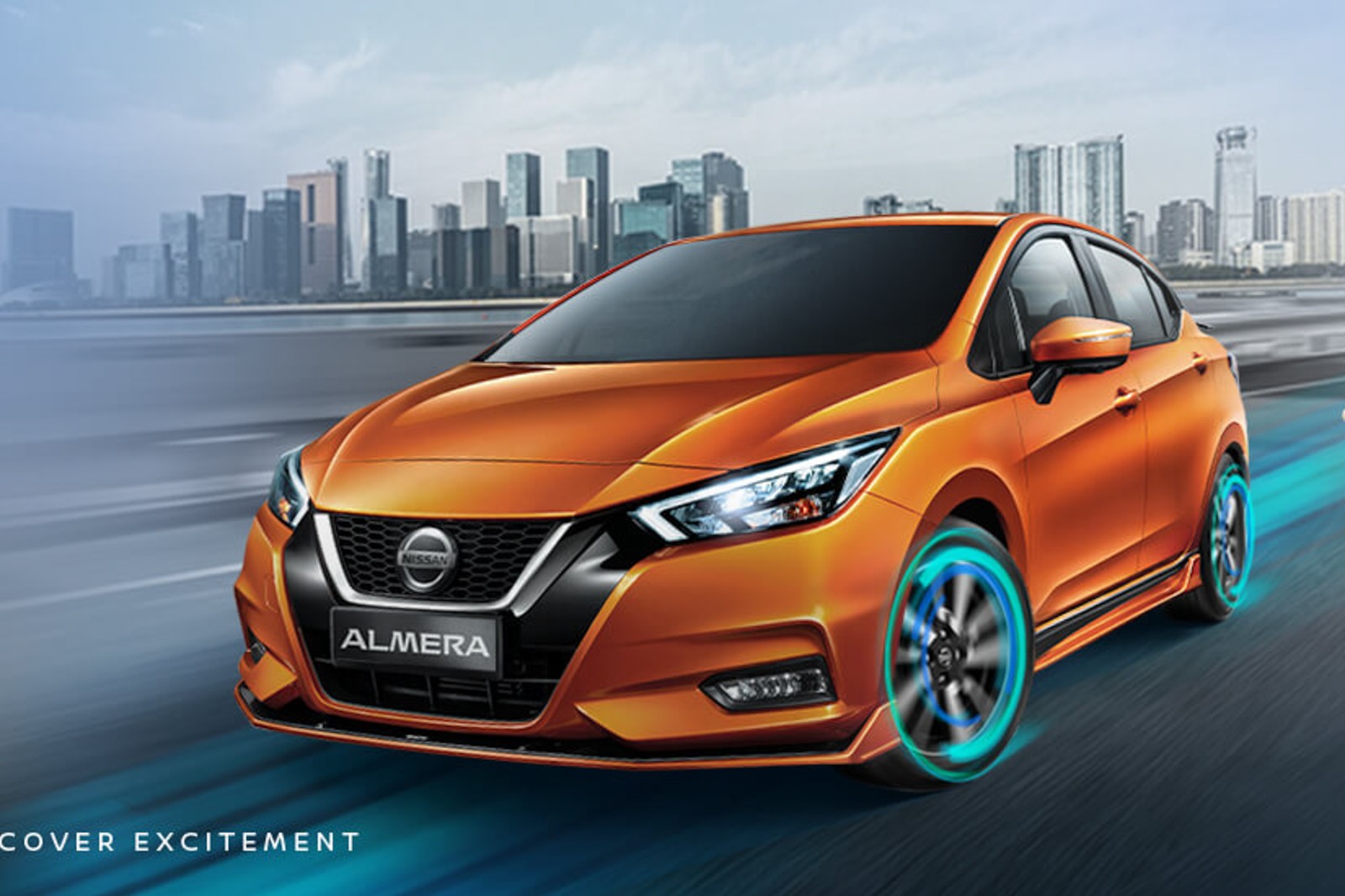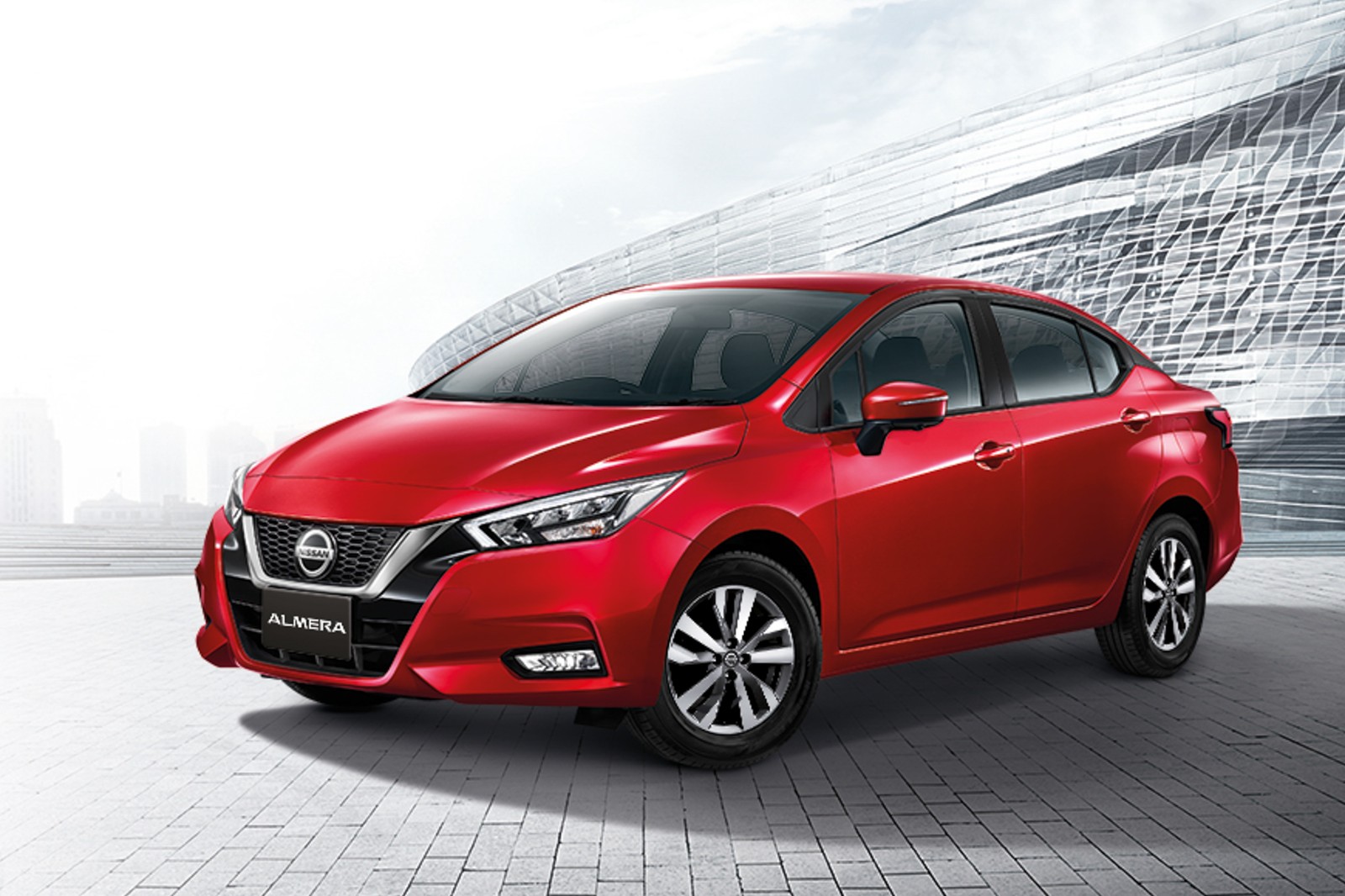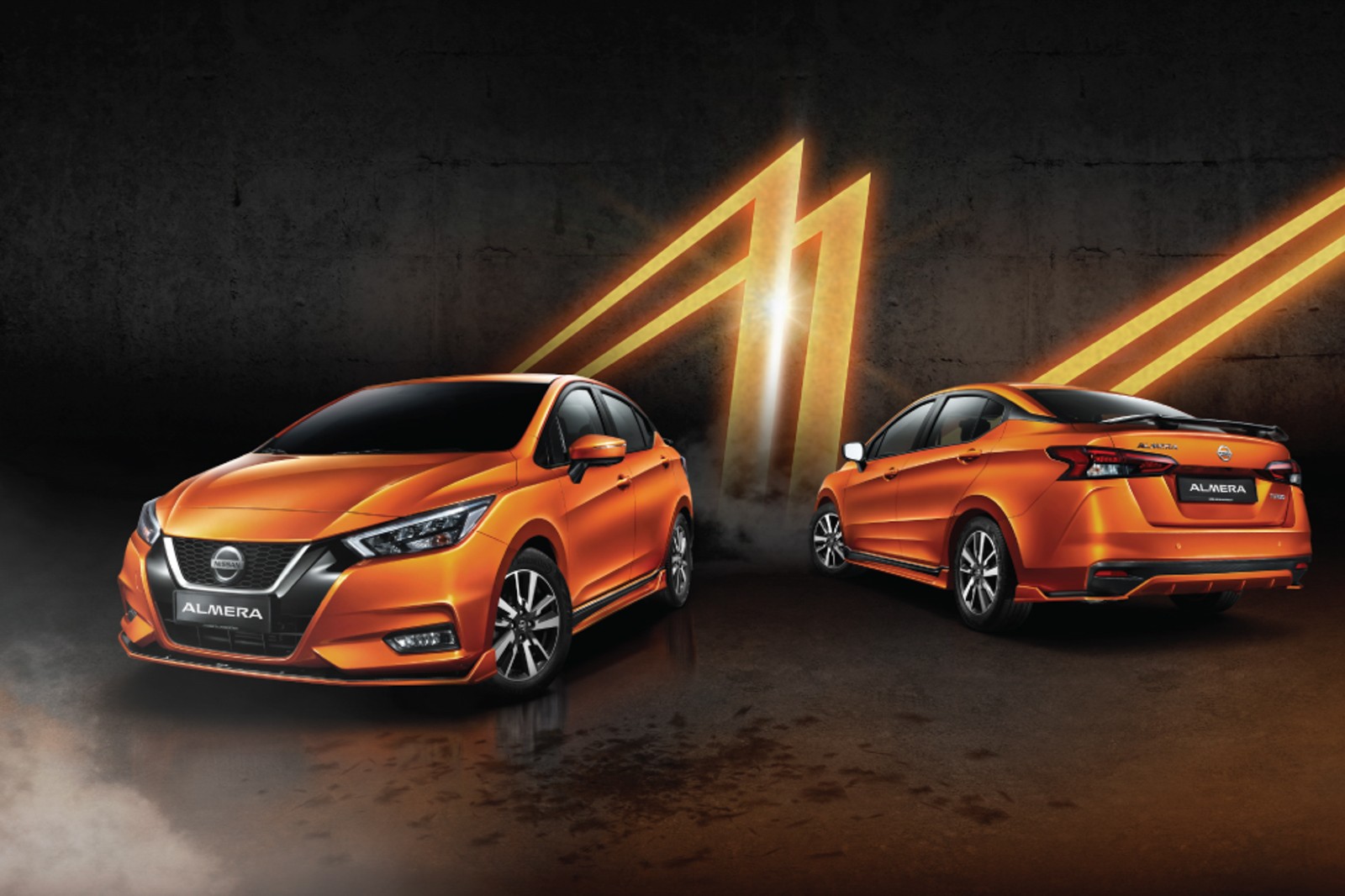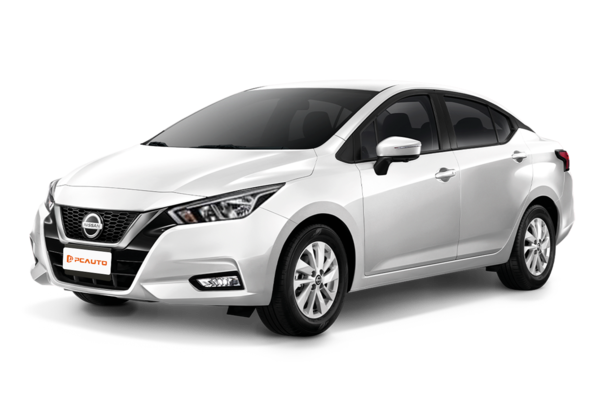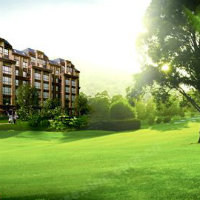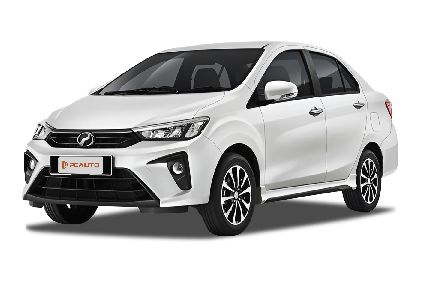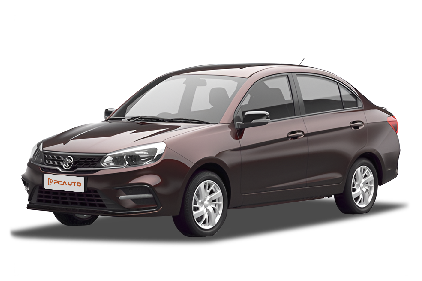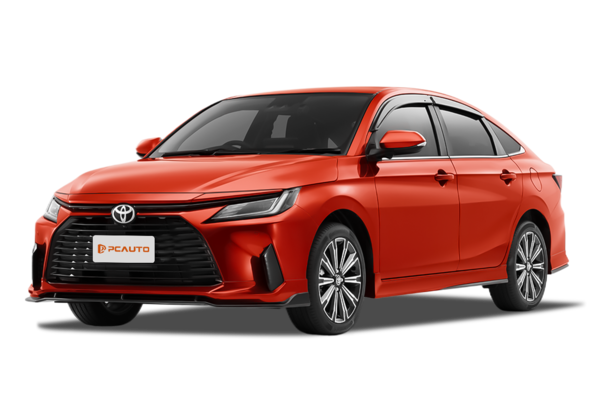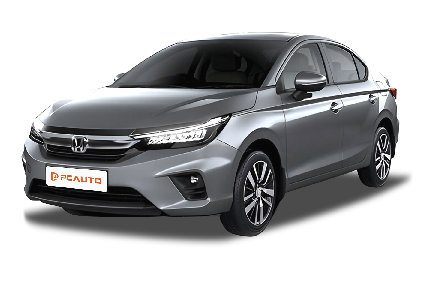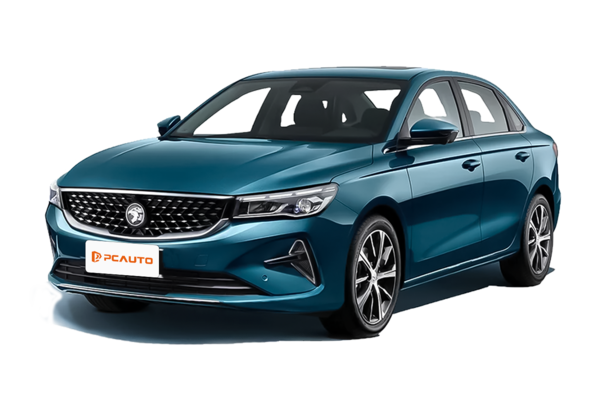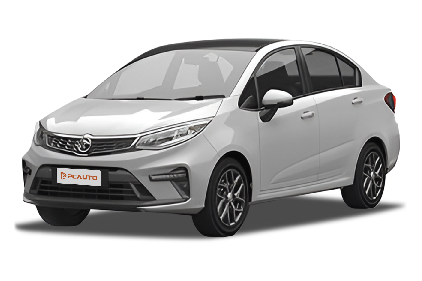Q
Is RS6 AWD or 4WD?
The Audi RS6 is equipped with the quattro permanent all - wheel drive system (AWD), rather than the part - time four - wheel drive (4WD). This system achieves power distribution between the front and rear axles through a mechanical central differential (such as a Torsen differential or the latest multi - plate clutch). By default, it is set with a 40:60 rear - biased ratio. However, on slippery roads or during aggressive driving, it will automatically adjust the ratio to a maximum of 70:30 or 15:85 to ensure grip and handling stability.
For users in Malaysia, this setup is very suitable for the local rainy climate and urban roads. It can handle the slippery roads during sudden downpours and also meet the occasional needs of mountain road driving. It's worth noting that the main difference between AWD and 4WD lies in the usage scenarios and structural design. AWD focuses more on automatic power distribution in all - weather conditions, which is suitable for high - performance cars and daily driving, while traditional 4WD is mostly used in off - road vehicles and requires manual mode switching.
Audi's quattro system has evolved over the years. On high - performance station wagons like the RS6, it especially emphasizes cornering flexibility and straight - line acceleration performance, while also taking fuel economy into account. This makes it a better fit for the vehicle - using environment in Malaysia than the purely off - road - oriented 4WD system.
Q
Is Audi RS6 a sedan or SUV?
The Audi RS6 isn't a traditional four-door sedan or sport-utility vehicle (SUV). Instead, it's a high-performance Avant (estate car). Its design combines the sporty handling of a sedan with the practical space of an estate car, making it a great fit for Malaysian families or car owners who seek both performance and practicality.
The RS6 is powered by a 4.0-liter V8 twin-turbocharged engine, boasting a robust 600 horsepower. It also comes standard with the quattro all-wheel-drive system, enabling it to easily handle Malaysia's diverse road conditions. Whether you're driving in the city or going on a long-distance trip, the RS6 is a great choice.
In the Malaysian market, estate cars aren't as common as SUVs or sedans. However, the RS6 has attracted many car enthusiasts with its unique positioning and outstanding performance. It's worth noting that Audi's RS series focuses on high-performance models, while the regular A6 series offers both sedan and estate car versions, allowing consumers to choose according to their needs.
For car owners who love high performance and need ample space, the RS6 Avant is undoubtedly an ideal choice. It can meet the needs of daily family use while also providing an exciting driving experience.
Q
Is the Audi RS6 petrol or diesel?
The Audi RS6 is a high-performance station wagon. Currently, all the versions available in the Malaysian market are equipped with gasoline engines. Specifically, it features a 4.0-liter V8 twin-turbocharged gasoline engine paired with a 48V mild-hybrid system, capable of delivering a powerful output of up to 600 horsepower. This engine is renowned for its outstanding performance and rapid response, making it an ideal choice for car owners who seek driving pleasure. Although Audi offers diesel options in other models, the RS6, as a performance-oriented vehicle, doesn't come in a diesel version, which aligns with its positioning that emphasizes sporty tuning and instant power output.
For Malaysian consumers, the gasoline-powered RS6 can not only meet daily driving needs but also showcase excellent acceleration performance on the highway. Meanwhile, Audi's Quattro all-wheel-drive system can adapt to the diverse local road conditions. It's worth noting that high-performance cars in Malaysia typically use gasoline as fuel, which is related to the local market preference and the stability of gasoline quality. Although fuel economy isn't the main selling point of the RS6, it still has a certain competitiveness among performance cars in the same class.
Q
Is the RS6 turbocharged?
Yes, the Audi RS6 is equipped with a turbocharged engine. Specifically, it uses a 4.0-liter V8 twin-turbocharged engine that can deliver powerful power and torque. This is also a typical configuration for Audi's high-performance models. In Malaysia, this car is favored by many car enthusiasts for its excellent performance and practicality, especially as it can provide a sports car-like driving experience while also being suitable for family use. Turbocharging technology improves the engine's intake efficiency by compressing air, thereby enhancing power output. The twin-turbo design further reduces turbo lag, making acceleration more linear and rapid. In addition to the RS6, turbocharging technology is also widely used in many high-performance cars and ordinary family cars, such as BMW's M series and Mercedes-Benz's AMG series. This technology not only boosts power but also optimizes fuel economy, which is very suitable for Malaysia's road conditions and driving needs. If you're interested in turbocharged cars, you can also learn about the tuning styles of different brands. For example, German cars focus more on the smoothness of power output, while some Japanese models may have an edge in response speed.
Q
Does the RS6 have dual clutch?
The Audi RS6 doesn't come with a dual-clutch transmission. Instead, it's equipped with an 8-speed Tiptronic automatic transmission. This transmission is well-known for its smooth gear-shifting experience and excellent durability, which is especially suitable for high-performance wagons like the RS6, meeting the needs of both daily comfort and intense driving. For car enthusiasts in Malaysia, the powertrain combination of the RS6 performs stably in the tropical climate. Coupled with the quattro permanent all-wheel-drive system, it can easily handle the local rainy weather and complex road conditions.
It's worth mentioning that although dual-clutch transmissions (such as the S tronic used in the early Audi S/RS series) offer faster gear shifts, the Tiptronic has more advantages in handling high torque and long-term reliability, which is why the RS6 chooses it. If you're interested in the transmission technology of performance cars, you can pay attention to other models under the Volkswagen Group, such as the Porsche PDK or the Lamborghini ISR. They demonstrate the application characteristics of different transmission technologies in the high-performance field.
Q
Does the Audi RS6 have air suspension?
The Audi RS6 is indeed equipped with an advanced air suspension system (Audi Air Suspension). This system can provide a more flexible driving experience on Malaysian roads. By adaptively adjusting the stiffness of the shock absorbers and the height of the vehicle body, it combines both sport performance and comfort. In the dynamic driving mode, the suspension lowers the vehicle body to enhance stability, while when encountering rough roads, it can raise the chassis to improve passability, making it highly suitable for Malaysia's diverse road conditions.
It's worth noting that the air suspension is more costly compared to traditional steel springs, but it can significantly enhance the sense of luxury and adaptability. Similar configurations are also available in performance cars of the same class, such as the Mercedes - AMG E63 or the BMW M5.
For Malaysian car owners who are keen on modifications, it is recommended to regularly check the suspension air pump and seals. The tropical climate may accelerate the aging of rubber components. During the original - factory maintenance, potential problems can be identified in advance through ODB diagnosis.
Q
What is the difference between RS6 and RS6 performance?
The main differences between the Audi RS6 and the RS6 Performance lie in power tuning and performance. The RS6 is equipped with a 4.0-liter V8 twin-turbocharged engine, delivering 600 horsepower and 800 Nm of torque. In contrast, the RS6 Performance boosts the power to 630 horsepower and 850 Nm of torque. At the same time, it optimizes the turbo response and exhaust system, shortening the 0 - 100 km/h acceleration time to 3.4 seconds (3.6 seconds for the regular version). Additionally, the Performance version comes standard with a sports differential and a more aggressive chassis tuning, paired with 22-inch wheels and high-performance tires, offering more precise handling.
For Malaysian car enthusiasts, both models are suitable for local road conditions. However, the Performance version is more suitable for those who pursue a track-like driving experience. Moreover, both models require attention to the heat dissipation management of the turbo engine in high-temperature environments. It's worth mentioning that the Audi RS series are fully imported performance cars in Malaysia. They are relatively expensive but have a stable resale value. When purchasing, you can compare the maintenance packages offered by local authorized dealers. These high-performance station wagons combine practicality with brute force, and are the so - called "ultimate grocery - getting cars" in the hearts of many car enthusiasts.
Q
Does the RS6 have 4 wheel steering?
Yes, the Audi RS6 Avant is indeed equipped with a four-wheel steering system (4 Wheel Steering). This technology can enhance the vehicle's stability when cornering at high speeds. Meanwhile, it can reduce the turning radius when driving at low speeds, making the driving more flexible. It's particularly suitable for the narrow roads in Malaysian cities or winding mountain roads. The four-wheel steering system allows the rear wheels to turn in coordination with the front wheels. At high speeds, the rear wheels turn in the same direction as the front wheels to increase stability, while at low speeds, the rear wheels turn in the opposite direction to improve flexibility. In addition to the RS6, high-performance or luxury models like the Porsche 911 and BMW 7 Series also adopt similar technologies. And this configuration is becoming more and more common in high-performance models in the Malaysian market. Especially for car owners who pursue driving pleasure and practicality, four-wheel steering can significantly enhance the performance in daily driving and intense maneuvers. If you're considering buying the RS6 or other high-performance cars, you can take a test drive to experience the actual effect of four-wheel steering and feel its advantages on different road conditions.
Q
What is the top speed of the Audi RS6?
As a high-performance station wagon, the officially announced top speed of the Audi RS6 is 280 km/h. If you opt for the Dynamic Plus package, it can be increased to 305 km/h. This is thanks to its 4.0-liter V8 twin-turbocharged engine, which can output 600 horsepower and 800 Nm of torque. Paired with an 8-speed Tiptronic transmission and the quattro all-wheel-drive system, this car can still demonstrate excellent stability and acceleration performance under the tropical climate and changeable road conditions in Malaysia. For Malaysian car enthusiasts, the RS6 not only offers the practical space of a station wagon but also has the performance of a supercar, making it very suitable for players who pursue both speed and practicality. It's worth mentioning that although the RS6 has a very high top speed, traffic rules still need to be followed on Malaysian roads. After all, safe driving is the most important thing. In addition, the chassis tuning and aerodynamic design of the RS6 have also been specially optimized, allowing it to maintain excellent handling even at high speeds, enabling drivers to experience Audi's profound technical accumulation in the field of performance cars.
Q
What is the comfort mode on the Audi RS6?
The Comfort Mode of the Audi RS6 is a preset option in the driving mode selection system. It's mainly optimized for daily driving scenarios. By adjusting parameters such as suspension damping, steering assist, transmission shifting logic, and throttle response, it offers a smoother driving and riding experience. In the common urban congested traffic conditions in Malaysia or during long-distance drives, this mode can effectively reduce the firmness of the chassis, absorb road bumps, and at the same time reduce the aggressive feedback from the engine and exhaust system. It's suitable for family trips or situations where you need a relaxing drive.
To expand a bit, the driving modes of the RS6 usually also include Dynamic Mode, Auto Mode, and Individual Mode. The Dynamic Mode enhances the performance, while the Comfort Mode focuses more on fuel economy and quietness. For Malaysian users, the Comfort Mode is particularly useful in hot weather and mixed road conditions. It allows you to enjoy the high-performance essence of the RS6 while also taking into account daily practicality, such as a gentle air-conditioning start and a more linear power output.
It should be noted that there may be slight differences in the mode tuning of RS6 models from different years, but the core logic always revolves around balancing performance and comfort.

